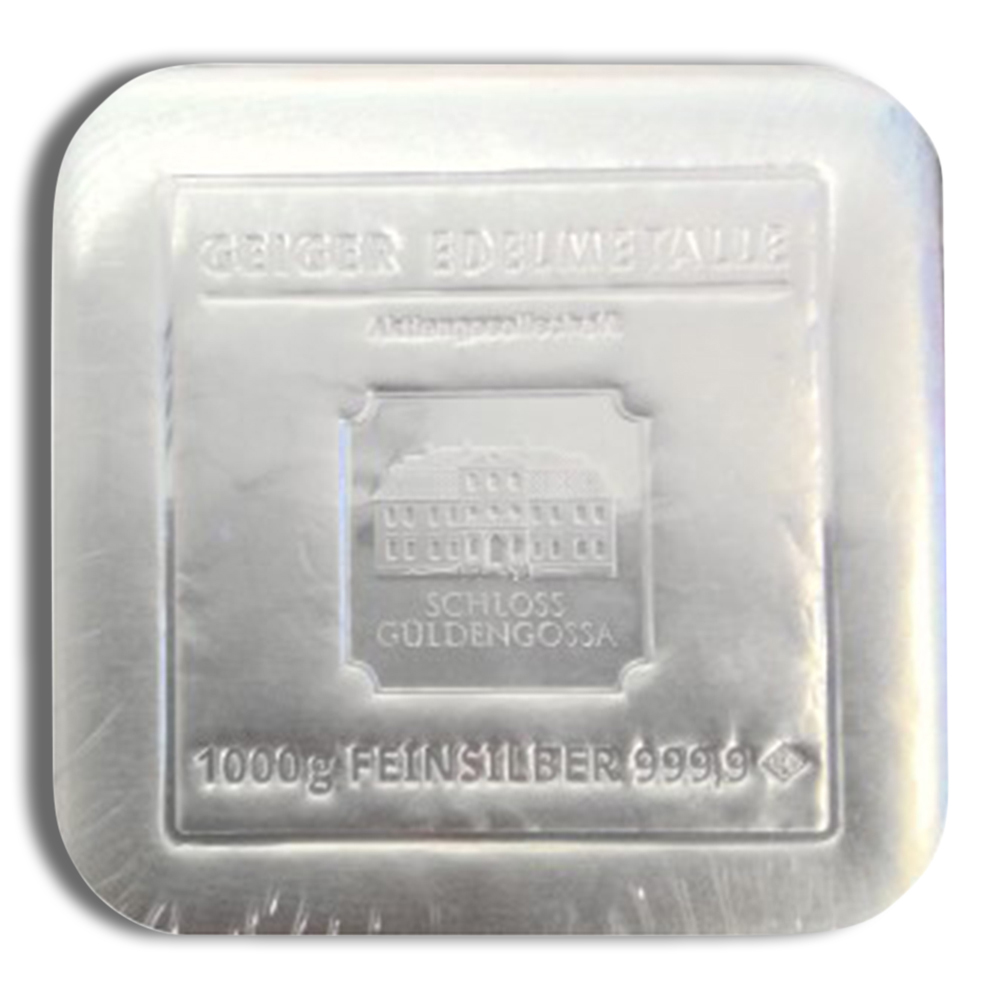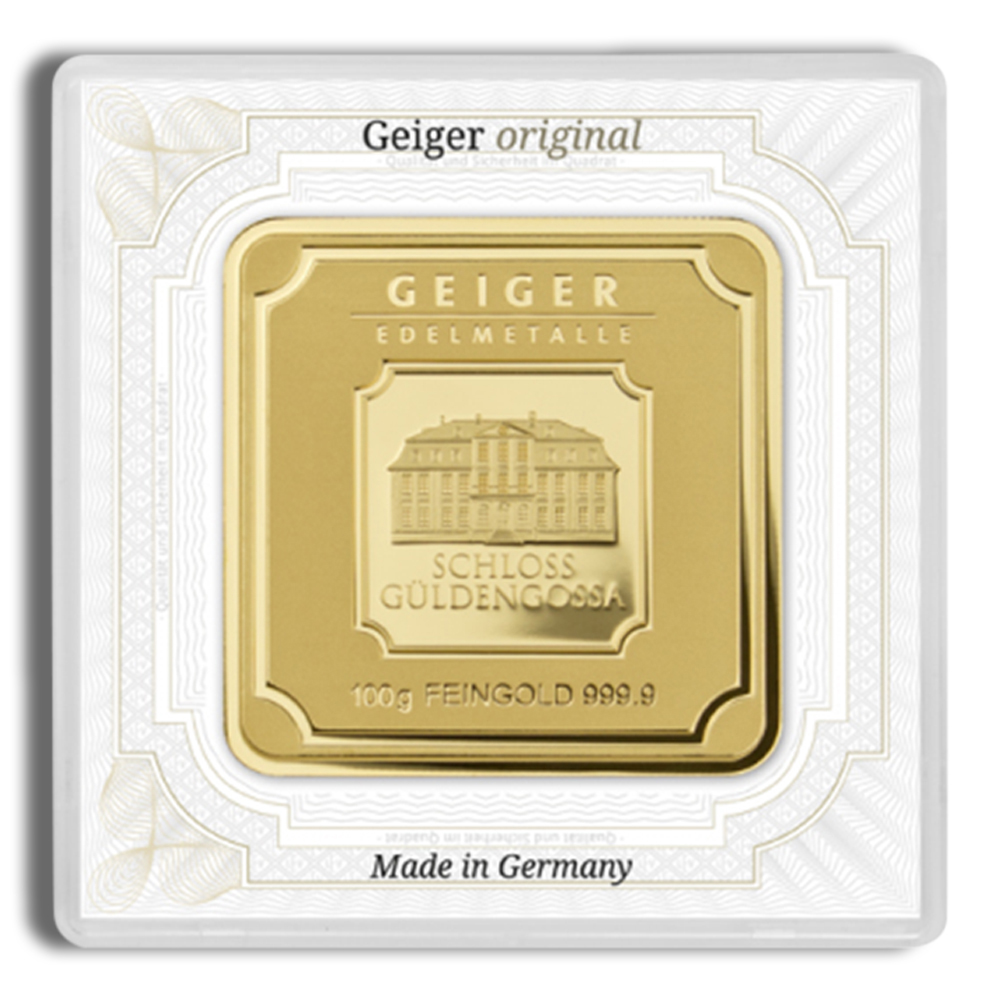Contents

Welcome to my Info bar. As a lifetime collector of coins, metals and bullion (as well as stamps and glass insultators) I’ll be offing a continuing series on various topics in the this area. These articles are meant to offer factual information about the science, history and diversity of the products we offer here.
I am not here to offer advice on aspects of investement or value but if you have questions regarding our products please feel free to reach out as it may turn into another article.
For investment information please consult with your financial advisors or whatever other avenues you have chosen for yourself for that area of research.
The Metal Assay Process: Determining the Purity of Gold, Silver, Platinum, and Palladium
Introduction
When it comes to precious metals such as gold, silver, platinum, and palladium, determining their purity is crucial for various industries, including jewelry making, investment, and manufacturing. The metal assay process is a method used to analyze the composition of these metals and ensure their quality. In this article, we will delve into the various processes involved in metal assay, the differences in the results obtained, and the history of these methods.
History of Metal Assay
The practice of assaying metals dates back to ancient times when civilizations used various techniques to determine the purity of precious metals. One of the earliest methods involved cupellation, a process where the metal sample was heated in a cupel to separate impurities from the pure metal. This method was widely used in the Roman Empire and continued to be used throughout the Middle Ages.
Over time, new techniques and technologies were developed to improve the accuracy and efficiency of metal assay. In the 19th century, the invention of spectroscopy revolutionized the field of assaying by allowing scientists to analyze the elemental composition of metals based on their spectral lines. Today, modern techniques such as X-ray fluorescence (XRF) and atomic absorption spectroscopy (AAS) are commonly used to assay metals with high precision.
The Metal Assay Process
1. Fire Assay
Fire assay, also known as cupellation, is one of the oldest and most traditional methods of assaying metals. In this process, a small sample of the metal is heated in a cupel along with lead oxide, which absorbs impurities such as lead and other base metals. The pure metal is then collected at the bottom of the cupel, allowing for the determination of its purity.
- Pros:
- Highly accurate results
- Can detect trace elements
- Cons:
- Time-consuming process
- Requires specialized equipment
2. X-ray Fluorescence (XRF)
X-ray fluorescence is a non-destructive method of assaying metals that uses X-ray technology to analyze the elemental composition of a sample. This technique is widely used in the jewelry industry and is known for its speed and accuracy in determining the purity of metals such as gold, silver, platinum, and palladium.
- Pros:
- Non-destructive method
- Fast results
- Cons:
- Less accurate for trace elements
- Higher initial cost for equipment
3. Atomic Absorption Spectroscopy (AAS)
Atomic absorption spectroscopy is another common method used in metal assay, particularly for analyzing trace elements in precious metals. This technique involves measuring the absorption of light by metal atoms in a sample, allowing for the quantification of specific elements present in the metal.
- Pros:
- High sensitivity for trace elements
- Wide range of metals can be analyzed
- Cons:
- Requires calibration with standards
- Complex instrumentation
Differences in Results
Each metal assay method has its own strengths and limitations, leading to differences in the results obtained. Fire assay is known for its high accuracy and ability to detect trace elements, making it ideal for determining the purity of precious metals. On the other hand, XRF and AAS offer faster results and are more suitable for routine analysis of metals in industrial settings.
When comparing the results of different assay methods, it is important to consider the specific requirements of the application. For example, jewelry makers may prioritize accuracy and precision in determining the purity of gold for crafting high-quality pieces, while manufacturers may focus on speed and cost-effectiveness for routine quality control checks.
Conclusion
The metal assay process is a critical step in ensuring the quality and purity of precious metals such as gold, silver, platinum, and palladium. By understanding the various methods of assaying metals and their differences in results, industries can make informed decisions about the quality of their materials. Whether using traditional fire assay techniques or modern XRF and AAS technologies, accurate metal assay is essential for maintaining standards and meeting customer expectations.
Overall, the history of metal assay reflects the evolution of scientific knowledge and technological advancements in analyzing precious metals. As new methods continue to be developed and refined, the future of metal assay holds promise for even greater accuracy and efficiency in determining the purity of precious metals.




